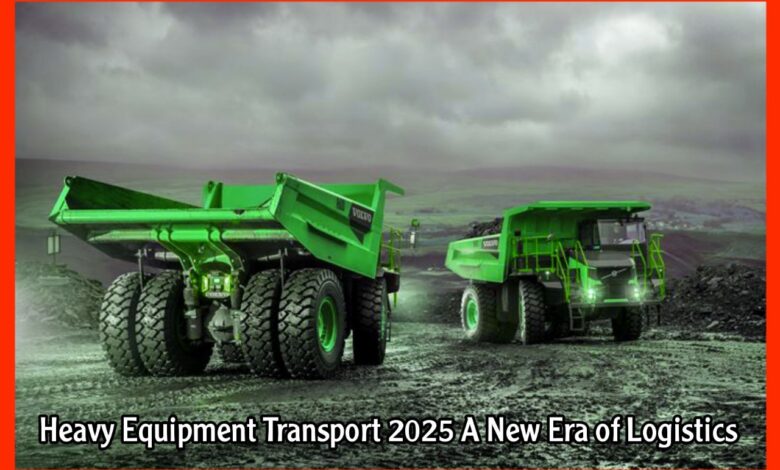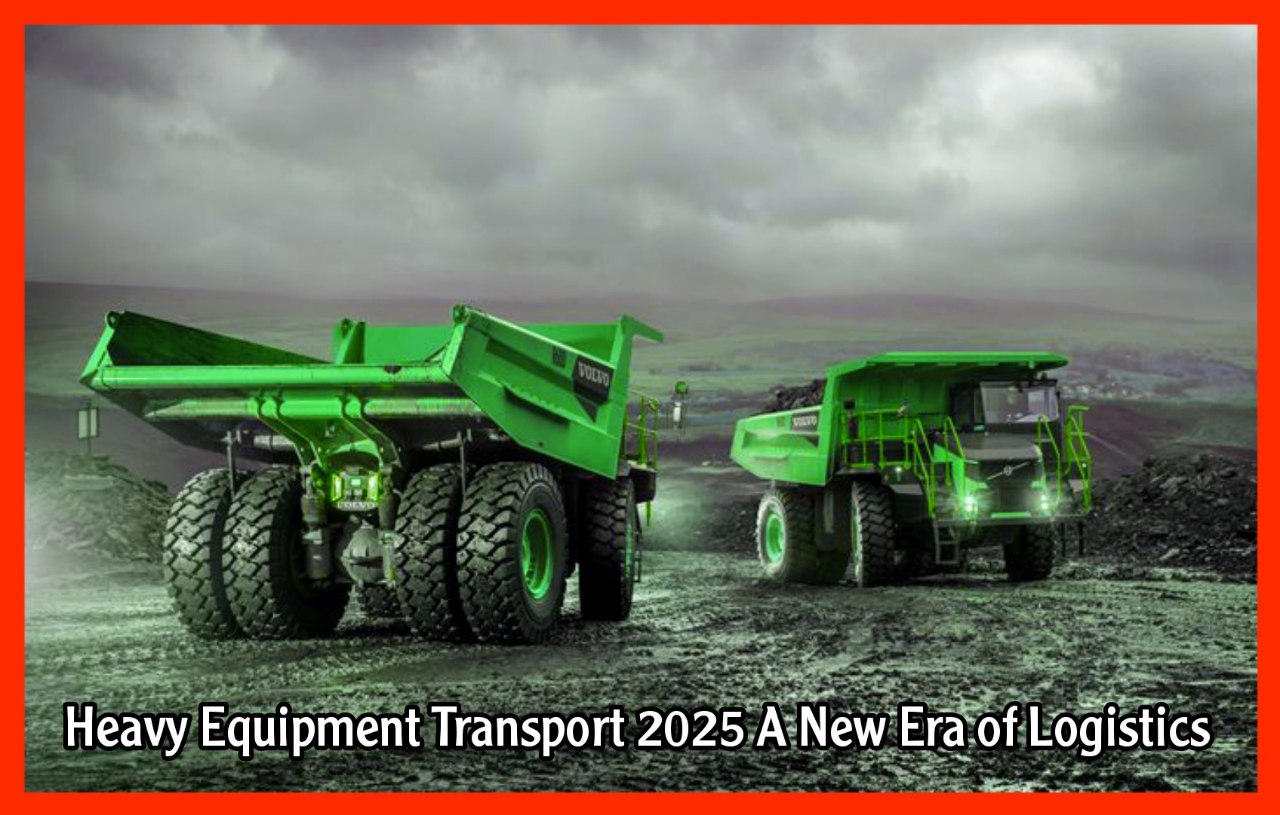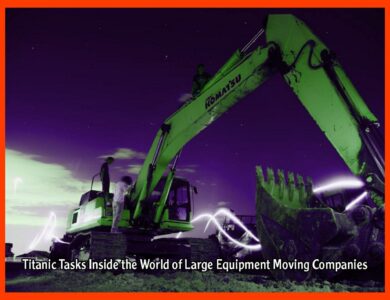Heavy Equipment
Heavy Equipment Transport 2025 A New Era of Logistics
Heavy Equipment Transport 2025 A New Era of Logistics

Heavy Equipment Transport 2025 A New Era of Logistics
As we dive deeper into 2025, the world of heavy equipment transport is evolving faster than ever before. The industry is not only embracing technological advancements but also overcoming logistical challenges in ways we never thought possible. From autonomous vehicles to environmentally-conscious strategies, the future is now. Let’s explore what’s shaping the landscape of heavy equipment transport this year.
The Rise of Autonomous Transport in Heavy Equipment Logistics
In 2025, autonomous vehicles are playing a huge role in revolutionizing the transportation of heavy equipment. The integration of AI-powered trucks and trailers ensures that the logistics of transporting massive machines become more efficient and less dependent on human drivers. This doesn’t just mean more speed but also greater precision and fewer accidents.“Autonomous systems are significantly reducing operational costs while improving safety, setting the stage for a future where human drivers are no longer needed on the roads for equipment transport.” – Transport Innovations 2025
Key Benefits of Autonomous Heavy Equipment Transport:
- Increased Efficiency: No need for driver breaks or limitations on working hours.
- Safety Improvements: Advanced sensors and real-time monitoring reduce human error.
- Cost-Effectiveness: Lower fuel consumption and fewer delays lead to overall savings.
Eco-Friendly Transport: Sustainability Takes the Lead
With the growing emphasis on sustainability, the heavy equipment transport industry in 2025 is shifting towards more eco-friendly solutions. Electric-powered trucks, hydrogen fuel cells, and alternative energy sources are being incorporated into transportation fleets. This transition isn’t just about reducing carbon emissions—it’s about aligning with global environmental goals.Sustainable Transport Solutions in 2025:
- Electric Trucks: Charging infrastructure continues to expand, making electric-powered heavy haulers a reality on long-distance routes.
- Hydrogen-Powered Vehicles: The rise of hydrogen fuel cells in transport fleets, with faster refueling times compared to traditional electric vehicles.
- Carbon Offsetting: Companies are investing in carbon offset programs to reduce their ecological footprints.
“Sustainability isn’t a buzzword anymore. It’s a necessity. We are seeing more fleet owners investing in green technologies, reducing costs, and leading the charge toward a cleaner future.” – Green Transport Insights
Tips for Switching to Eco-Friendly Transport:
- Begin with electrifying short-range deliveries.
- Invest in renewable energy for charging stations.
- Stay updated on government incentives for green fleets.
The Future of Load Management: Advanced Technology in Action
Managing the load is critical when it comes to heavy equipment transport, and in 2025, smart load management technologies are changing the game. These systems use real-time data to monitor weight distribution, tire pressure, and even weather conditions, ensuring that everything from bulldozers to cranes reaches their destination safely.Cutting-Edge Load Management Features:
- Real-Time Monitoring: Sensors that detect weight shifts and load instability.
- Weather Adaptation: Systems that adjust routes based on real-time weather forecasts.
- Telematics Integration: Provides detailed reports on vehicle performance and load integrity.
“Smart technology is making logistics smoother and safer. It’s not just about transporting equipment; it’s about precision and data-driven decisions.” – Smart Logistics Experts 2025
The Growing Importance of Digital Platforms
In 2025, digital platforms and software solutions are becoming indispensable in heavy equipment transport. From tracking shipments in real-time to organizing routes more efficiently, technology is streamlining operations for both large enterprises and small logistics firms. Key digital trends in heavy equipment transport include:- GPS Tracking Systems: Real-time location tracking ensures better route optimization.
- Cloud-Based Platforms: Easy sharing of data and project coordination across global teams.
- Blockchain for Security: Ensuring secure, transparent transactions for equipment logistics.
Challenges and Solutions
Despite the incredible progress, there are still several challenges that the industry faces in 2025. Traffic congestion, regulatory hurdles, and the complexity of cross-border transport can slow down operations. However, these challenges aren’t stopping the industry from advancing.Top Challenges and Their Solutions:
- Traffic Congestion: Intelligent route planning software helps avoid high-traffic areas and minimize delays.
- Regulatory Issues: Companies are working closely with governments to ensure compliance with international regulations.
- Cross-Border Transportation: New innovations in documentation processing and customs procedures streamline international transport.
“The logistics of heavy equipment transport are not without their challenges, but we are continually finding solutions that make the process more seamless and effective.” – Logistics Leaders 2025
What’s Next for Heavy Equipment Transport in 2025?
The landscape of heavy equipment transport in 2025 is one of innovation and progress. With autonomous vehicles, eco-friendly initiatives, and advanced load management technologies, the future is bright for the industry. Companies that embrace these advancements will not only be ahead of the competition but also contribute to a safer, greener, and more efficient global transport network.Generating... Please wait seconds
URL Copied



